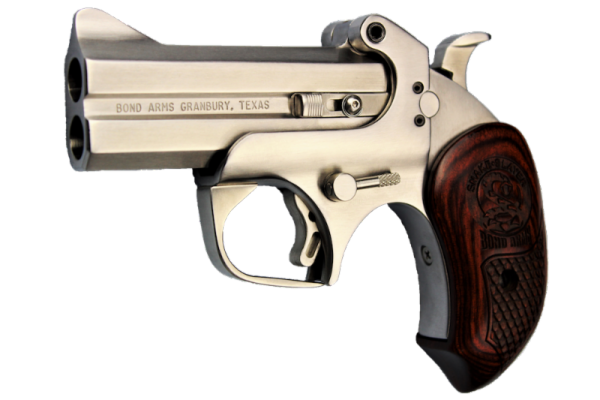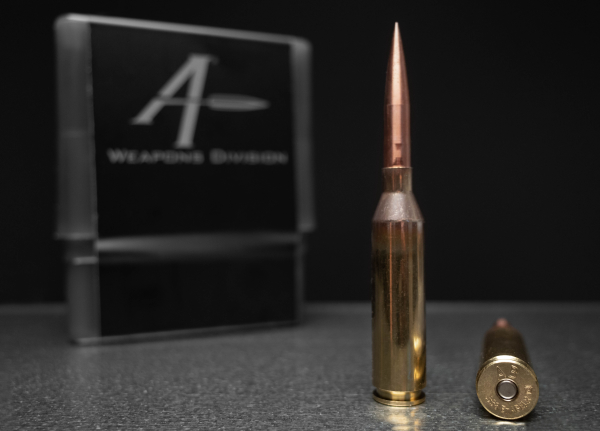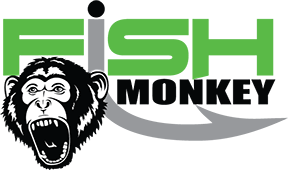Got Bird Nests? Report to NestWatch

Citizen-science data vital for breeding-bird studies
Ithaca, NY—Around the world, birds are building nests and raising families—even near homes, offices, or in local parks. Anyone who finds a bird’s nest can help scientists by reporting to the free NestWatch project at the Cornell Lab of Ornithology. NestWatch collects, analyzes, and distributes data, serving as a warehouse of nesting bird information. NestWatchers, in turn, get to witness the start of new life and help to preserve it with their valuable information.
 A NestWatcher reports a nest from a birdhouse in upstate New York. Photo by Chelsea Benson. |
“Every year, scientists use data collected by NestWatchers in published studies,” says Robyn Bailey, NestWatch project leader. “For example, in 2018, two studies examined the effects of spring temperatures on the timing of nesting activities, and showed that birds nest earlier when spring temperatures are warmer. Such studies help add to our understanding of how climate change can affect the lives of birds.”
Those who find a nest can report its location, the species using it, number of eggs laid, and other important milestones as the adult birds incubate, raise, and fledge their young. The NestWatch website and mobile app now accept reports submitted from anywhere in the world, enabling scientists to compare birds across their global breeding range. Read more












